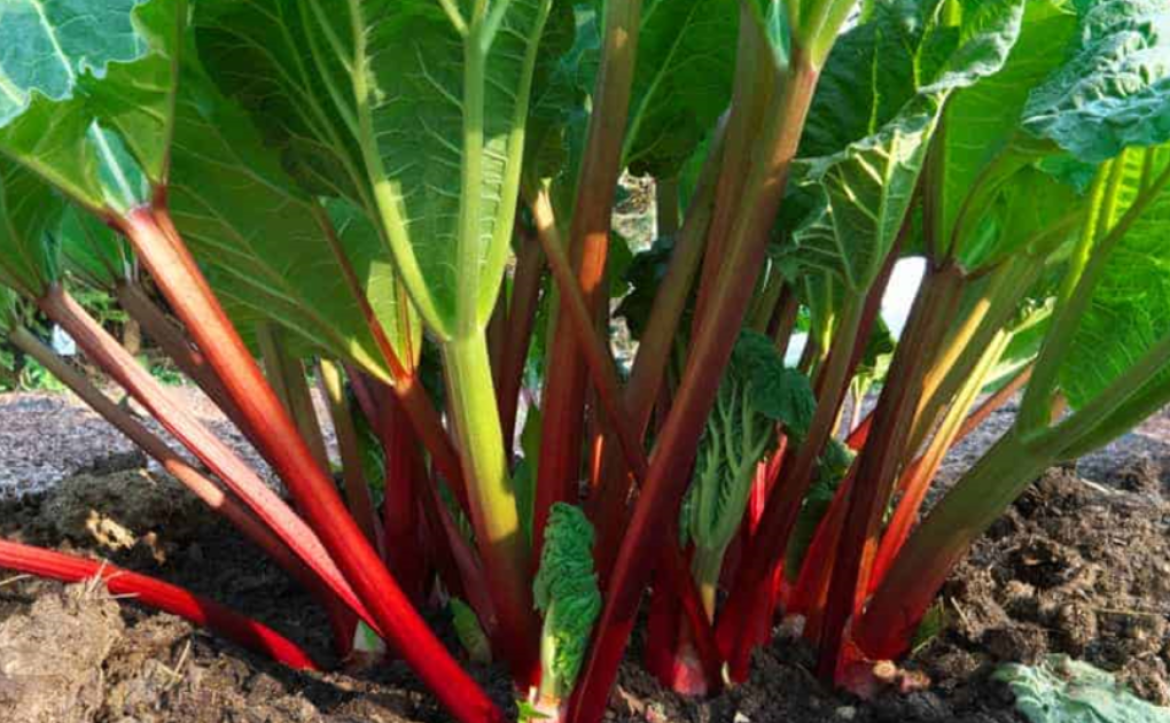
Rhubarb usually has a tart flavor and is used to make jams and pies. This is why we use its red, pink, or green stalks. It is a hardy perennial vegetable. Its leaves are big, and the stems are very dense but beautiful to look at. One thing you have to be very careful about is the high concentration of oxalic acid in these leaves; we do not use the leaves, only the stems are edible. You can use these leaves later to make compost. In short, these leaves are poisonous. Please refrain from using them.
Temperatures below 40 degrees Fahrenheit are best for growing this vegetable. That is, rainfall and temperatures of about 3 °C (37 °F) for 7 to 9 weeks are required for good growth. You can use its seedlings for about 10 years from planting. The stems can be used as vegetables only one year after planting.
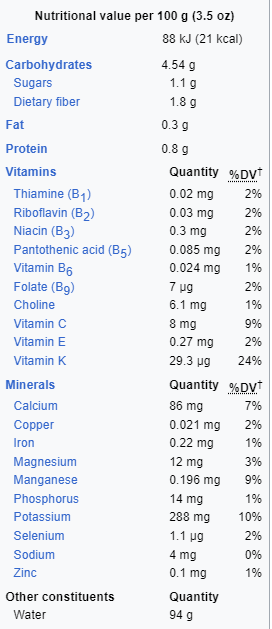
The Benefits of Rhubarb
The Benefits of Rhubarb
The ancient Chinese called this vegetable “The Great Yellow,” and rhubarb was used as a medicinal root about 1800 years ago. The plant came to Europe in the 14th century. Apart from Europe, it was also found in Russia and Turkey. Botanically, it is a vegetable and is used almost as a fruit in cooking. You will be surprised to know that in the 1940s the US Customs Office also declared it as a fruit.
According to the USDA National Nutrient Database, the plant contains almost all vitamins such as beta-carotene, zeaxanthin, and lutein, protein, fiber, vitamin B complex, vitamin K, vitamin C, and all the mineral vitamins such as calcium, magnesium, potassium, iron, manganese in very high levels.
In other words, the valuable stalks of rhubarb will help you in many ways as a storehouse of vitamins for the body.
Source of Antioxidants
We know that anthocyanins and proanthocyanidins are natural antioxidants that rhubarb contains. Antioxidants protect cells from damage caused by free radicals, keeping good health.
Heart
If the blood cholesterol level increases, the risk of heart attack or stroke increases. To eliminate this problem, we usually eat fiber. Rhubarb is rich in fiber, which lowers blood cholesterol levels and helps prevent heart disease.
Blood Circulation
Rhubarb contains metal-forming vitamins such as copper and iron, which increase the production of red blood cells, thereby improving blood circulation.
Digestion
The Chinese used it as a medicine for the urinary system for thousands of years. This plant smooths the movement of the digestive system and prevents constipation and body swelling.
Eyes and Skin
We know that rhubarb contains beta-carotene, zeaxanthin, and lutein, which protect the skin from the effects of free radicals. Eating these vegetables will help prevent premature aging, improve eyesight, and prevent cataracts.
Bones
Vitamin K and calcium help in bone growth and repair by influencing osteotropic activity. Eating this vegetable can help solve your bone problems.
Alzheimer’s Disease
Rhaponticin is a stilbenoid glucoside compound that helps protect the brain against Alzheimer’s disease.
Diabetes
Rhaponticin plays an effective role in controlling blood sugar levels, thus helping control diabetes.
Cancer
Anthocyanins help prevent cancer. Vitamin K in this plant can protect your cells from damage.
Perimenopause Symptoms
Perimenopause is a normal physiological process in women after 40 years. It includes symptoms such as dry skin and hair, irregular periods, and profuse sweating. Rhubarb can act as an excellent medicine to solve these problems.
Weight Loss
Since rhubarb is low in calories, it can help you lose weight by boosting your metabolism and reducing body fat.
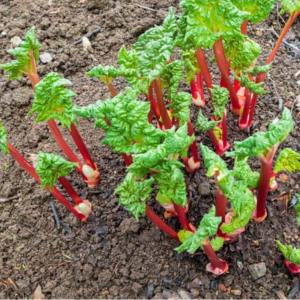
Planting Rhubarb Seedlings in the Garden
Rhubarb seedlings can also be produced from seeds, buds, or crown pieces. If you are starting a new garden, you can definitely use buds or crown pieces. By “crown,” we mean a one-year-old plant, and the shoots are the part of the crown that you can cut after two years. Planting crown pieces will allow you to harvest your vegetables the next early season.
Take out the crown pieces with the two pink knobs at the top and plant them in a hole about 2 inches deep into the soil. Plant them in early spring when the soil is warm and the weather is moist. The garden is the ideal place to grow rhubarb, or you can also plant this plant in a container. But this plant needs enough space to grow, and don’t forget how tall it grows in height.
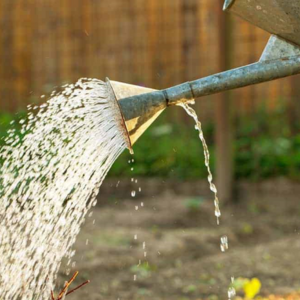
water your veggies
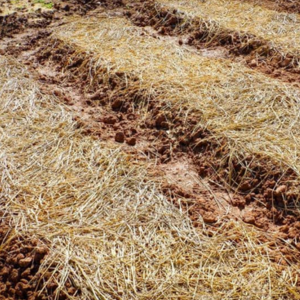
Mulching
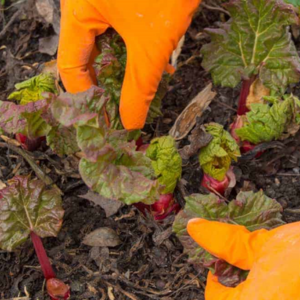
thinning
How to Care for Rhubarb?
The Place:
Select a place to plant rhubarb seedlings in early spring. Since rhubarb is a perennial and long-lived plant, dig a hole about 16 inches deep and 18 inches wide. Fill the hole by mixing the soil, old manure, and compost mixture well. Now cut the crowns into pieces. Gently dig a hole 2 inches deep and plant the crown pieces. The space between two rows should be at least 2 to 3 feet. Take care not to damage the pink buds and use only pieces with buds. Drainage should be good. If the water drainage system is not good, then plant the seedlings on high ground, where there will be no water in the crown.
The Soil:
Increase the fertility of the soil by using compost fertilizer with the soil and know the pH value of the soil before planting rhubarb. If the pH value is between 5.5 to 6.5, then it is suitable soil for rhubarb. The soil must be well-drained.
Temperature:
The ideal climate for growing rhubarb is below 4.5°C in winter and below 24°C in summer. In warmer regions, plant growth slows down due to high summer temperatures, so flowers and stems will be fewer, but growth will start in autumn, and you will get some crops.
Watering:
These plants are more likely to die if the temperature is above 24 degrees Celsius during summer, i.e., these plants are not drought-tolerant. So check the soil regularly and water as needed. If you live in southern states, irrigate to maintain consistent humidity and water well enough in the winter to allow the plants to thrive. Water the crown regularly for the first two years. Ensure that the soil remains moist throughout the season. Also, if you mulch the plants properly, water will not be wasted, and your work will be much easier.
Fertilizing:
In the second year of planting and after the first spring frost, apply about 120 grams of compost per square meter around your rhubarb plant. The important thing here is that the pH value of the soil is below 7. Avoid applying fertilizer on the crown and resume this method immediately after harvest.
Mulching
When the temperature increases in summer, the tree leaves fall towards the ground, eventually causing the plants to die. In that case, they should be mulched with a layer of organic mulch about four centimeters thick. You can use leaves, straw, or chopped bark for mulching. Mulch regularly throughout the season, maintaining the same thickness. This way, your plants will remain moist and weed-free.
Keep your plants clean around the shoots in the fall so that the crowns are exposed to frost. This will ensure a good yield of shoots in the coming year.
Weeding and Thinning
You must be careful not to damage the roots of the rhubarb plant while removing the weeds from the shallow air. In the second year, you will need to remove the surrounding flower stalks to strengthen the plants, and they will work harder to produce new stems.
Division of Roots
Every four years in early spring, you should dig up and divide the rhubarb roots.
How to Harvest?
Rhubarb stalks are not collected in the first year, and leaving them for the second year will yield a much higher crop. When you start harvesting in April, the leaves will emerge, and the stems will be about a foot tall. You can continue your collection until June. When harvesting vegetables, pull the stems from the base and cut them from the crown with a knife. Do not harvest the whole stems at once, as this will reduce the vigor of the plant. Store the stalks for the next year to grow them well and harvest the vegetables again in late July. You can collect about 2.5 kg of stalks per season, depending on how many stalks you plant. If the weather is humid and cool, you can get a higher yield.
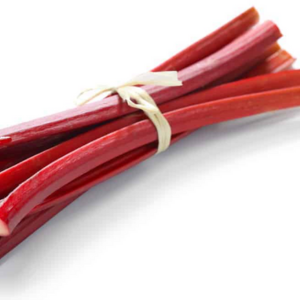
How to Store Rhubarb?
Wrap the stems in a plastic bag and store them in the refrigerator for 15 days. If you need to store them for winter, you can quickly freeze them or make pickles. Since the leaves are poisonous, they can be used as compost. Again in autumn, if you take some sand in a pot and put the branches in it, some extra branches will grow in winter. Keep them outside for two months at a temperature of about 10 degrees Celsius, then move the pot back indoors to a temperature of about 16 degrees Celsius and provide adequate light. If your soil is moist, new shoots will grow in about a month, and you can harvest them when they reach about 1.5 feet in height.
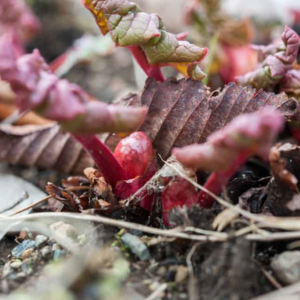
Crown rot
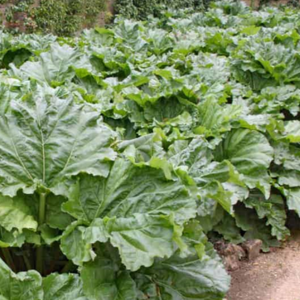
Fungal leaf rot
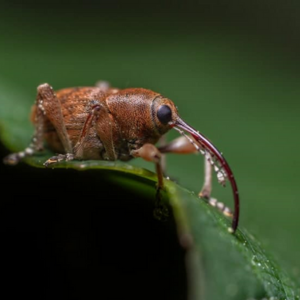
Rhubarb curculio
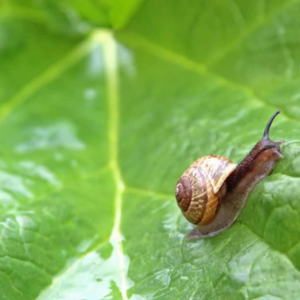
Slugs and snails
Pests and Diseases
Rhubarb is prone to some pests and diseases, although not as severe, but you should consider them to make the plant last longer. Here are some pests and diseases explained:
Crown rot:
There are some fungi or bacteria in the soil that cause problems during the growth of rhubarb. Once infected, the plant cannot be saved. Cut the affected stems and crowns as soon as possible to avoid this infection.
Fungal leaf rot:
When this problem occurs, the leaves of the plant become very large and densely located. Cut the leaves if the stems are not affected. To avoid this problem, you need to water the leaves of the plant, clean the weeds, and provide enough airflow through the plant.
Rhubarb curculio:
If you see any of these pests, it’s best to add diatomaceous sprinkles around plants.
Slugs and snails:
In case they eat the young leaves of your plant, you can effectively stop them by using copper tape, eggshell barriers, or sawdust. Many times, they need to be controlled by using biological control.
